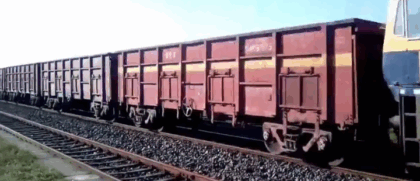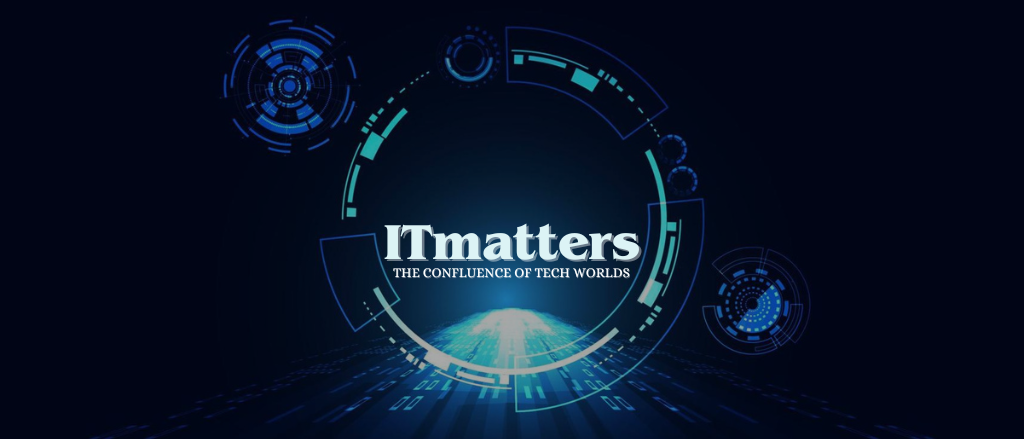
Indian Railways adopts AI to transform freight safety
Indian Railways is taking another major step in modernizing its freight operations with the introduction of an Artificial Intelligence (AI)-based surveillance system called DRISHTI. The initiative aims to make India’s vast freight network safer and smarter by automating door lock monitoring and minimizing manual checks.
Developed jointly by the Northeast Frontier Railway (NFR) and IIT Guwahati Technology Innovation and Development Foundation (IITG TIDF), the system has been under trial for nearly ten months and has already shown promising results.
Tackling long-standing challenges in freight security
India’s freight trains move millions of tonnes of goods daily, but ensuring door security across thousands of wagons has always been a challenge. Manual inspections are time-consuming and often impractical during long-distance journeys.
The DRISHTI system addresses this issue through an AI-powered approach that continuously monitors door lock conditions in real time. It uses advanced computer vision and machine learning algorithms to detect if doors are unlocked, tampered with, or malfunctioning — even when the train is in motion.
How the DRISHTI system works
The new surveillance setup integrates AI-driven cameras and sensors at key points on freight wagons. These components capture door positions and locking status while transmitting live data to a monitoring system.
If the system identifies anomalies or tampering, it automatically sends alerts to operators. This allows quick action without disrupting train operations. According to Indian Railways, early tests have shown “encouraging accuracy levels,” indicating the potential for large-scale rollout.
Beyond safety, this system brings transparency and reliability to freight movement, ensuring that goods reach destinations securely and without delays caused by inspection errors.
Making freight operations smarter and faster
With AI technology, Indian Railways is gradually shifting from manual monitoring to data-driven decision-making. Such automation not only enhances operational reliability but also reduces the burden on personnel.
The broader goal is to integrate this system across the NFR network and eventually across the entire freight ecosystem. This would help improve turnaround times, minimize losses, and strengthen customer trust in India’s rail logistics sector — a key pillar of the country’s supply chain network.
A step toward a modern logistics ecosystem
The adoption of DRISHTI underlines how Indian Railways is evolving into a tech-enabled logistics enterprise. As global freight players invest heavily in automation and AI-based monitoring, India’s move aligns with global standards.
It also opens up discussions about collaboration opportunities with private logistics giants such as FedEx, DHL, and Blue Dart, who already use AI-driven tracking systems. Their participation in India’s freight modernization could accelerate innovation and introduce best practices in digital logistics management.
With DRISHTI leading the way, India’s rail freight sector appears set for a technology-driven transformation focused on safety, transparency, and speed.
